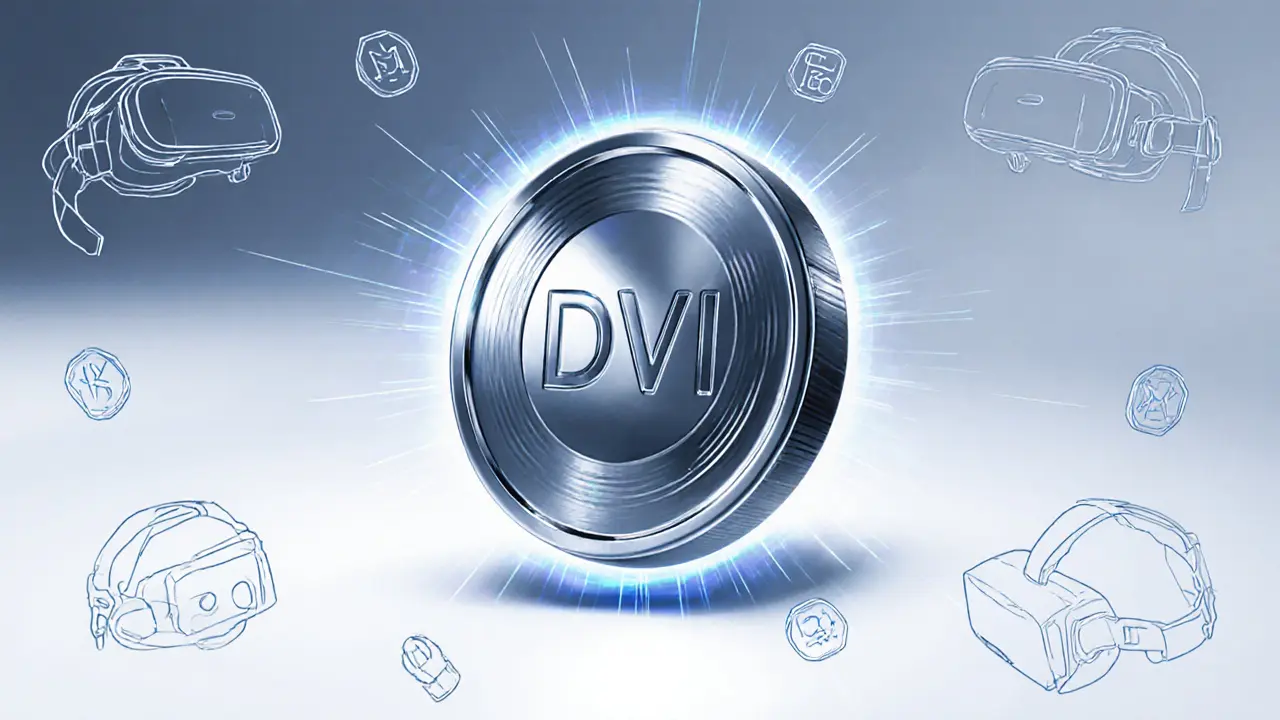VR Blockchain
When talking about VR blockchain, the fusion of virtual reality environments with distributed ledger technology that records every in‑game transaction, asset transfer, and user interaction. Also known as VR‑DLT, it lets creators build immersive worlds where ownership and provenance are guaranteed by cryptographic proofs. In simple terms, virtual reality, a computer‑generated 3‑D experience you can explore with a headset provides the visual playground, while blockchain, a tamper‑proof ledger that stores data in linked blocks and reaches consensus across many nodes secures that playground. VR blockchain merges these two realms, enabling users to buy, sell, and trade digital goods without a middleman, and it demands new scalability tricks because VR assets can be massive. That’s why developers turn to sidechains and modular designs to keep latency low and throughput high. The result is an ecosystem where immersive experiences and financial trust coexist, opening doors for gaming, education, and virtual commerce.
Key Building Blocks Behind VR Blockchain
One of the most practical ways to boost performance in a VR blockchain is through sidechains, independent chains that run alongside a main blockchain, connected by two‑way pegs or bridge protocols. Sidechains let developers offload heavy graphics‑related transactions while still anchoring to the security of the main chain, so users experience smooth frame rates and instant confirmations. Another cornerstone is the NFT, a non‑fungible token that represents a unique digital asset, such as a 3‑D model, a piece of virtual land, or a character skin. In a VR blockchain, NFTs become the passports for virtual items—each token proves who owns a specific sword, avatar outfit, or concert ticket, and the token can be transferred across worlds without losing its rarity. Modular blockchains also play a role: by separating execution, settlement, and data‑availability layers, they let VR platforms scale horizontally, adding more compute power as the user base grows. Together, sidechains, NFTs, and modular architecture create a tech stack that can handle the visual intensity of VR while preserving the trust guarantees of blockchain.
Below you’ll find a hand‑picked collection of articles that dive deeper into each piece of this puzzle. We cover exchange reviews that support VR‑focused tokens, step‑by‑step guides on buying and staking coins that power virtual economies, and security breakdowns of platforms you might use to trade NFT‑backed assets. Whether you’re curious about how a Solana DEX aggregator can speed up in‑game swaps, want to understand the risks of cross‑chain bridges, or need a quick primer on the newest airdrop tied to a virtual world, the posts here give you actionable insight. Use this knowledge to evaluate which sidechain solutions fit your project, decide how to mint and manage NFTs in a VR setting, and stay ahead of the fast‑moving market that sits at the intersection of immersive tech and decentralized finance.
DVI Airdrop Details: How to Claim Dvision Network Tokens
Get the full details on the DVI airdrop by Dvision Network, including eligibility steps, token value, comparison with other VR tokens, and next steps after claiming.
VIEW MORE
